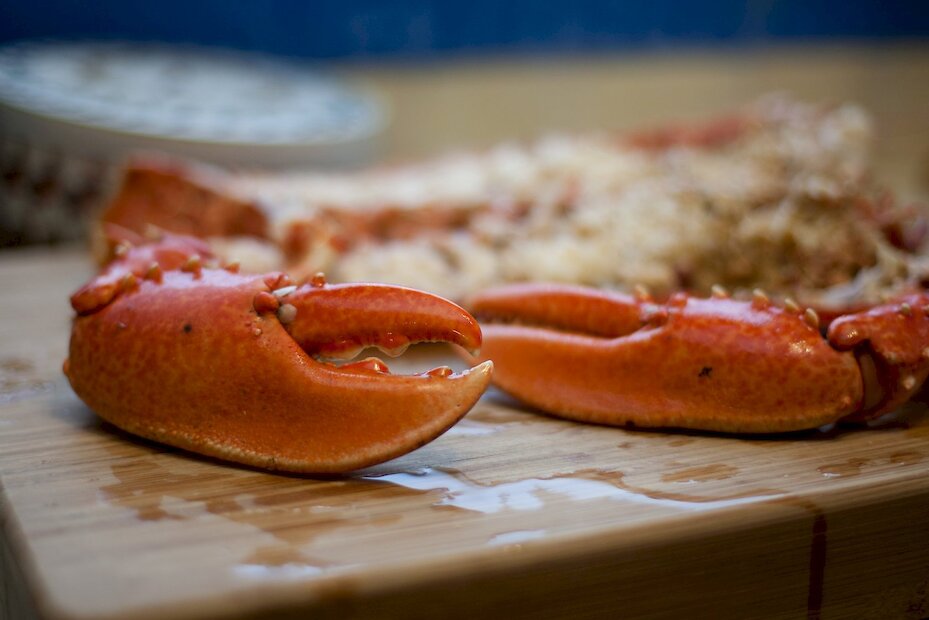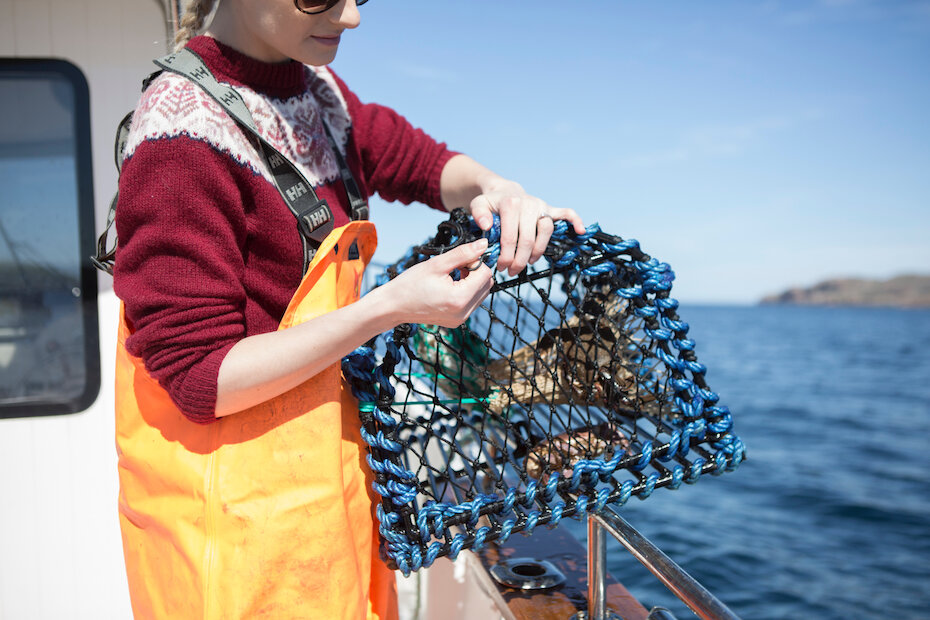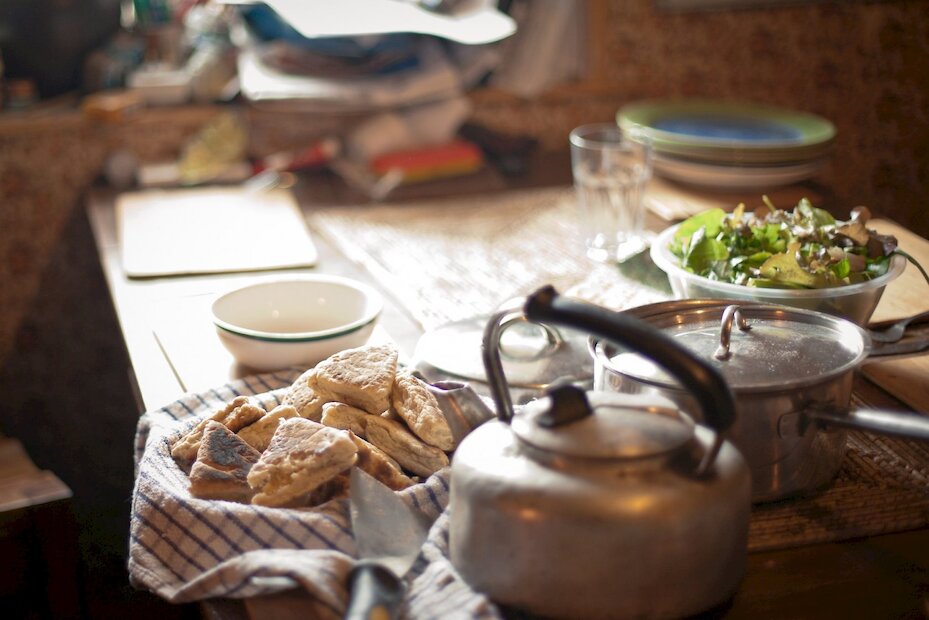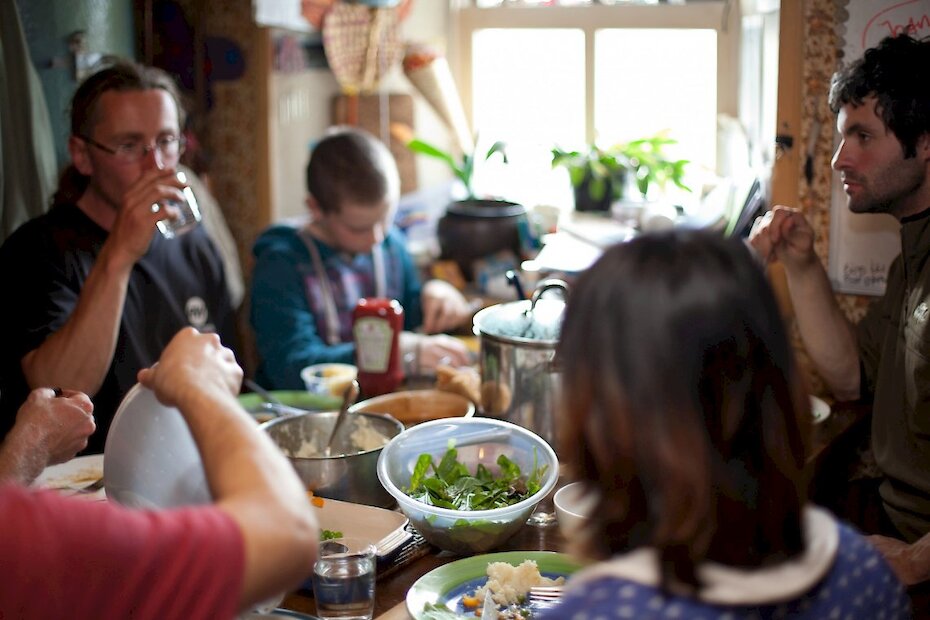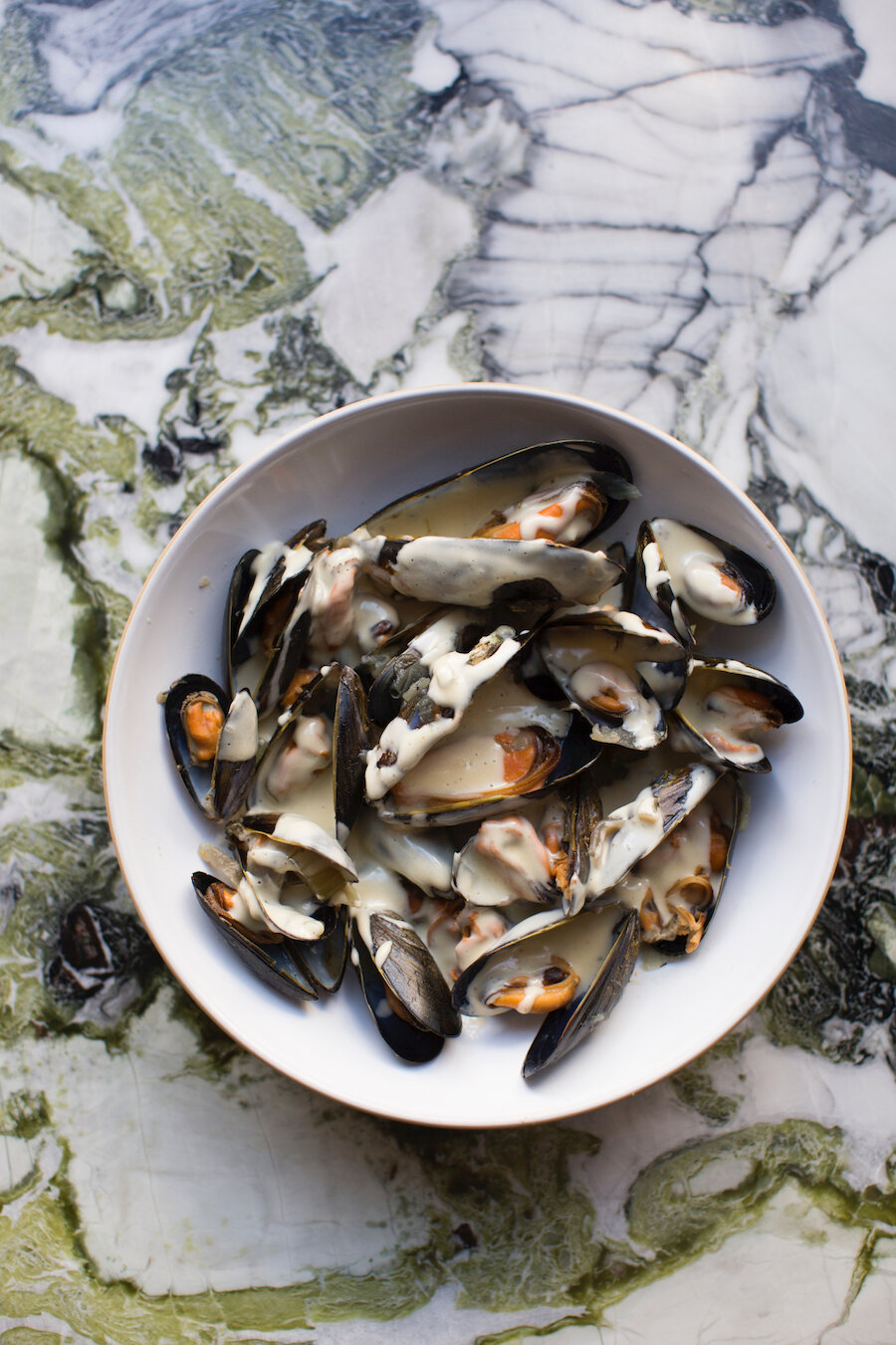Which types of food are produced locally in Shetland?
There’s an abundance of it, with really fresh fish and shellfish, excellent lamb and beef, seasonal vegetables, herbs and a little fruit. The islands’ farms also produce milk and there is locally-made butter and cheese. Local eggs can also be found in the shops, or you may find them on sale by the roadside, leaving the payment in an ‘honesty box’.
What's special about Shetland fish and seafood?
The waters around the islands are some of the most productive in the world, as the many seals, porpoises, dolphins and whales that forage around our shores know very well. A huge range of fish is landed, from familiar species such as haddock, mackerel, halibut or plaice to less common ones like ling, lythe, megrim or John Dory. Fish and shellfish are also farmed around the islands. The strong tidal streams are particularly good for growing salmon, some of which is now reared to organic standards. The production of mussels has also become very important over the last decade. The mussels grow naturally on ropes suspended in the sea, with no human interference and no use of anything artificial.
